Buying, Selling, & Collecting: How The Way We Experience Nostalgia Is Changing How We Buy Watches
Or, why do I buy keep buying Tudor Black Bays?
To be a watch writer or really a writer about most subcultures is to have an opinion about nostalgia. Jordan vs. LeBron; Sean Connery’s vs. Daniel Craig’s James Bond; Zeppelin vs. Nirvana; vintage GMT-Master ref. 1675 or modern ref. 126710. These arguments are as much about the eras they represent as they are about their actual subjects; equally prevalent is the impact of the past on the present. Over the past decade or so, the watch industry has gone crazy for retro, reissues, and anything “heritage-inspired.”
Tudor and its Heritage Chronograph and Black Bay from the early 2010s often get credit for starting a trend that pretty much every brand has followed since. While this is credit deserved, it’s also true that humans have looked to the past for inspiration since pretty much the beginning of time – the Renaissance looked back to ancient Greeks and Romans, Happy Days glorified the ’50s during the ’70s, and every modern watch brand looks to Genta, our savior.
Still, it seems like the nostalgia trend has accelerated in recent years, in watches and everywhere else. In the past year alone we’ve seen the relaunch of brands Daniel Roth and Gerald Genta, alongside reissues from Tudor, Seiko, IWC, and dozens of others. Each time, there are people on both sides either defending or bemoaning yet another reissue. But I’m less interested in whether any of these particular releases are good or bad – or even if the trend itself is good or bad – but in why we feel this sort of nostalgia, often for things that we don’t even have personal experience with, or that were originally produced before our lifetimes.
Before we get back to the why, let’s identify the what: nostalgia is typically defined as a sentimentality for the past, most often for a period or place with happy personal associations. The main critique of nostalgia-driven releases is basically that they’re lazy.
“Anyone can scan and copy an old watch,” said now-Bremont CEO Davide Cerrato on Hodinkee Radio in 2018 – he’s the guy who helped relaunch Tudor with that Black Bay. “Just releasing a replica of an old watch is nothing; you don’t need any designer or developer, you just need a nice scanner and 3D printer.” Not only is it lazy from a design perspective, but its intent is lazy, or so the argument goes: instead of trying to stir something new in us, reissues attempt to pull at the supple heartstrings of nostalgia to make us want them. And if these old things are still important (and indeed they must be – so important that they’re being reissued!), then we can also pretend our own lives and any memories we might associate with those things are just as important.
The counterargument to this critique is that it’s actually very difficult to do a proper vintage reinterpretation that takes the designs of the past and incorporates contemporary elements in a way that still feels right. Meanwhile, there’s also a counter to the supposedly manipulative emotional response that reissues attempt to stir in us: there’s actually no more transcendent purpose for a thing than for it to be attached to our own memories and their associated emotional responses.
But here’s what I’ve always struggled with: why do all these heritage watches trigger any emotion at all? In other words, why do I feel nostalgia for Genta and the designs of the 1970s (or divers and Pan-Am pilots of the ’50s or racecar drivers of the ’60s or – well, you get the point), a period during which I wasn’t even born and have no feelings of individual nostalgia? Surely it’s something more than a Midnight in Paris-like fantasy of pining for a long-gone golden age because one can never be satisfied with the present, right?
Since the Black Bay 58 was released in 2018, I’ve owned four of them. Black, Blue, Silver, and now, Black again (it’s a limited edition this time, but still – let’s laugh at me together). Over that same time, Tudor has released at least another twelve dozen Black Bays: more 58s (in gold and bronze), GMTs, and most recently, the Black Bay 54. These are all pretty good watches – some even great. But the pace of releases has been manic. And Tudor’s far from alone. Six months ago, I thought the Pelagos 39 was everything I wanted in a modern Tudor diver; now, the 54 has me looking back at those halcyon days like the time in my life before I got a Costco membership, naive of the possibilities that lie within that unassuming warehouse. The pace wasn’t always so frantic, and it’s changed the way we experience all kinds of things.
In the sixth grade, the first album I bought with my own money was Kanye West’s The College Dropout (I know, I know, I mention it just to make a point). For the life of me, I can’t remember what compelled me to bike what felt like 10 miles to the nearest Target Supercenter (I just looked, it was 1.4 miles) to buy that CD and lie to the cashier that my mom was in the parking lot so they’d let me buy the “PARENTAL ADVISORY EXPLICIT CONTENT” version. But by some happy accident, that was the only album that played in my Walkman on bus rides for most of an entire school year. Now, I’m not here to argue whether or not it’s the greatest debut rap album of all time (it is), but to illustrate how different the way we experienced things two decades ago was compared to today.
When I hear a song from that album, a flood of warm and fuzzy feelings come back – an entire school year’s worth. Not even specific memories, but just the genuine, individual nostalgia of remembering the “good old days” that probably weren’t really any better than today, except with the aid of rosy retrospection. But it’s not just those memories: It’s that I’ve listened to the album so many times that I actually think the album itself is good. I’ve memorized every lyric and bridge, chuckle every time at the line “couldn’t afford a car so she named her daughter Alexis.” This is why thinking about old things is hard – it becomes difficult to separate the thing from the memories associated with that thing.
Watches weren’t so different. Think about all those long-lived four-digit Rolex references like the Air-King ref. 5500 (made from 1957 to 1988), Milgauss ref. 1019 (1960 to 1988), or something like the Patek 96 (1932 until the early 1970s). We were exposed to the same watches over and over. It gave us time to sit with watches, to appreciate them, to buy, wear, and create memories with them: the perfect proportions of the lume plots on a 5513 Sub; the perfectly calculated curvature of the domed crystal; the sharp angle of beveled lugs. Nowadays, if a watch isn’t updated every five years, we think it starts to feel stale.
Often, you hear older enthusiasts talk about how they have these indelible and repeated childhood touchpoints to watches: Bond and his Submariner (or Seamaster 300M); Cousteau and his Doxa; astronauts and their Speedmasters. These memories were repetitive and mostly accidental. No doubt, brands were paying millions of marketing dollars to make sure someone heard about their watches, but it’s an accident that the imagery stuck with you or me.
Since downloading Spotify a decade or so ago, I doubt I’ve listened to any album more than The College Dropout or one of the other CDs I bought as a kid (perhaps save for a bitter two-month span when Taylor Swift helped me through a tough time). Don’t like a song? Skip. It’s the same with watches: new Black Bay isn’t for you? No worries, there’ll be another one in six months. The old way of creating individual nostalgia by experiencing the same thing over and over again? It’s over.
Production and trend cycles move much too fast for that now. We don’t take time to sit with things. A new watch is released, we read a few words about it, and then go over to Instagram to see what’s being said about it. Scroll a bit more, go to bed, rinse, repeat. If a sixth grader in 2023 streamed the same album every day like I did in 2004, we might think they’re a psychopath, when literally the entire universe of music sits in their fingertips.
But people still like remembering things. Memory creates meaning. When there are no kids listening to the same album on repeat every day for an entire school year or seeing the same watches on the divers or astronauts once idolized, how will we create these memories, this nostalgia?
Ihave a sense that we’re replacing this individual nostalgia for a collective nostalgia. Instead of accidentally manufacturing our own nostalgia by doing the same thing over and over, we appreciate the brief moments when it seems like everyone is doing or talking about the same thing, or find little corners of the world where it feels like everyone is doing the same thing.
I remember the days of the early pandemic when Tudor released the Navy Blue Black Bay 58 and it seemed like the only thing anyone cared about for a week or so. At a time when everyone felt so isolated, it was nice to connect over something. You know what feels better than listening to the same album on the bus alone every morning for a hundred days straight? Buying a watch and joining hundreds of others to post and talk about it and complain about faux rivets, if only for a fleeting few minutes. I was drawn to that Black Bay not because of any repeated personal association with it, but because of the collective repetition of seeing it everywhere, even if for only a short time.
Nowhere has this collective nostalgia been stronger in watches than with 1970s designs. It started with the Genta designs we all know, but it’s spread to quirkier ’70s watches from Piaget, Rolex, and others. I think I have a general sense of why we’re drawn to the ’70s: It feels like perhaps the last time when we had this positive, probably naive, vision of the future, based on all of the promise and potential of technology. This future was communicated through the design of all kinds of objects: the first BMW 3 Series, Disney World’s Tomorrowland, Genta’s Royal Oak and Nautilus, and so much more. Every object seemed to bring to life a future of flying cars and colonizing Mars alongside our neighbor George Jetson.
But that’s the point: this is a sense I’ve developed through others; it’s not based on my own individual experiences. It’s a collective nostalgia for a lost future. I don’t know if this is good or bad – it’s just different. Would I rather be alone on a school bus, jamming to the same album on repeat? Sometimes. But I’ve also made legitimate connections by seeking out this sense of collective nostalgia, while at the same time bemoaning “the algorithm” and the ways in which this new collective nostalgia can create a herd mentality. But hey, humans only just evolved from herd animals to social beings.
All I know is that, much the way I miss my old Black Bay as soon as I buy a new one, as soon as the way we experience something changes, we start to feel nostalgia for the way it used to be.
Get More Articles Like This in Your Inbox
We're constantly creating great content like this. So, why not get it delivered directly to your inbox? By subscribing you agree to our Privacy Policy but you can unsubscribe at any time.





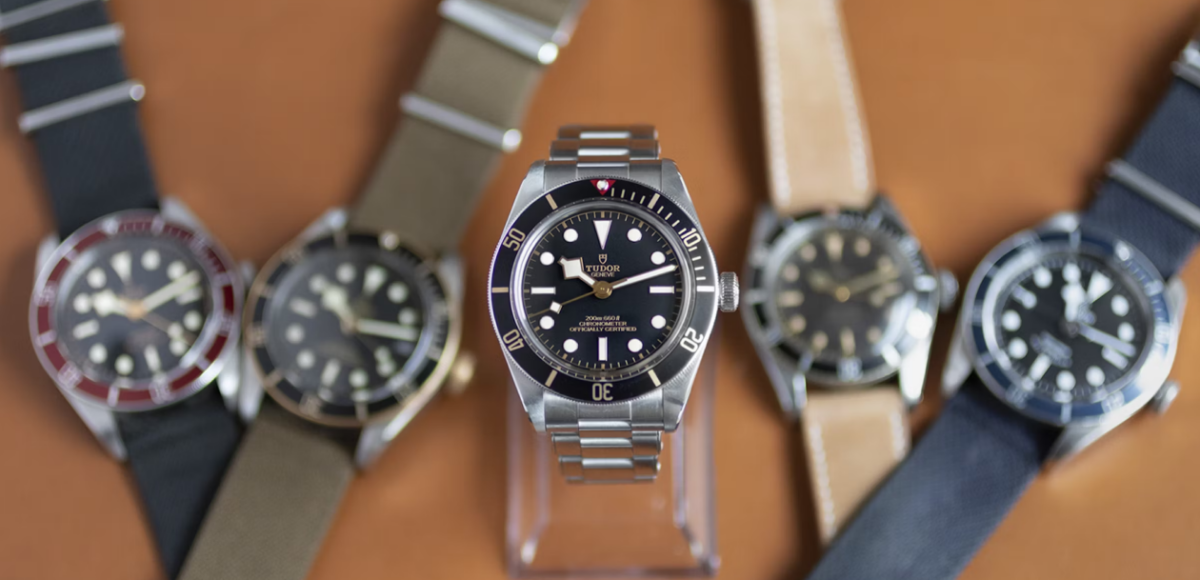
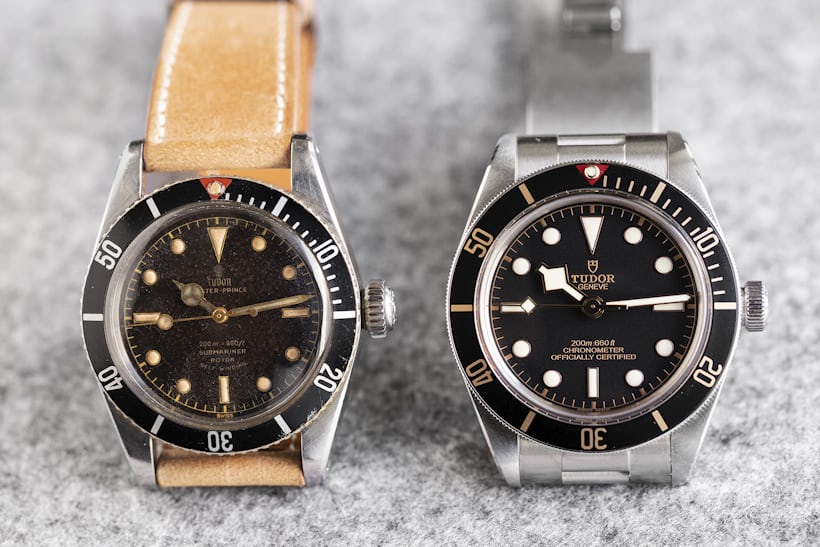


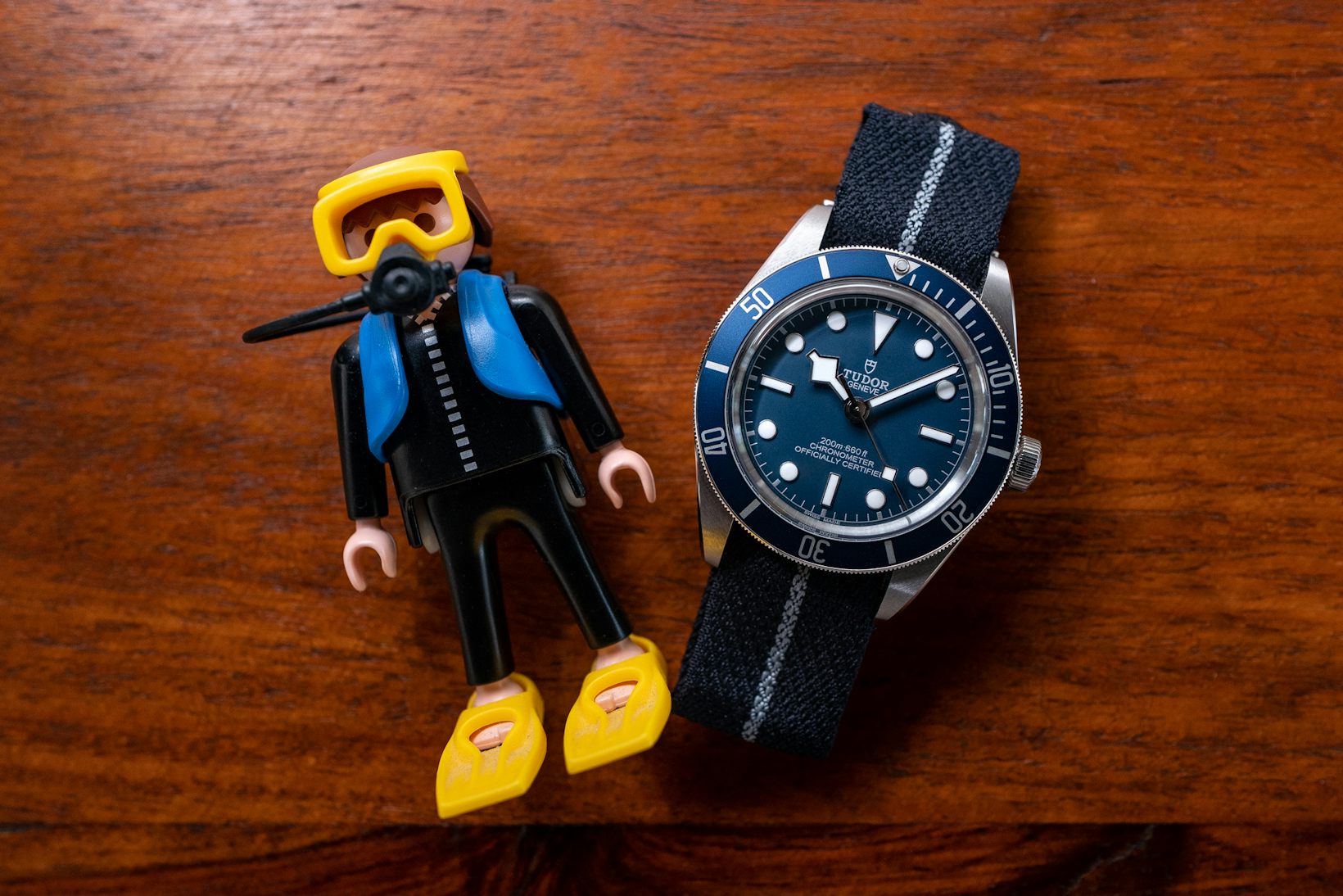
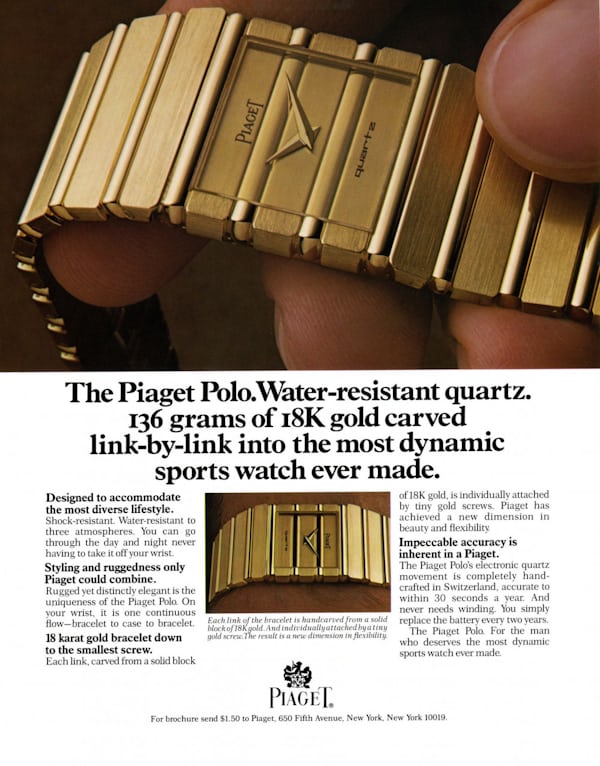
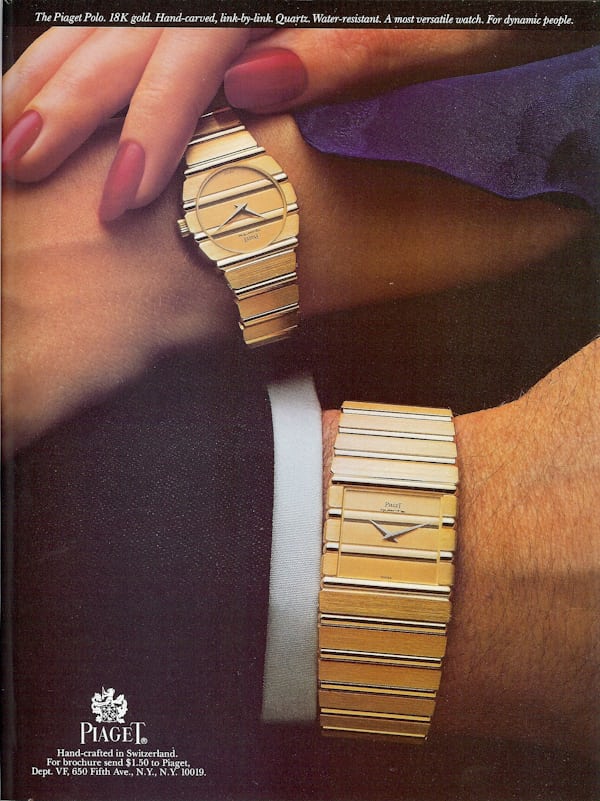

Pingback:The Changing Way We Experience Nostalgia and Buy Watches – Ted's Take | October 30, 2023
|
Pingback:How Nostalgia is Shaping the Watch Buying Experience – Ted's Take | October 8, 2023
|